Mokume Gane rings by Andrew Nyce Designs are forged from precious metal alloys to create a unique, heirloom quality piece strong enough to last many lifetimes. To learn a little more about this technique, we asked Andrew a few questions.
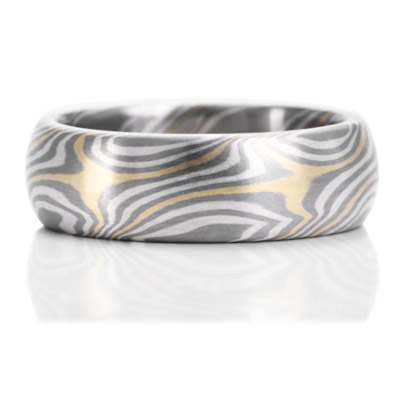
Q: What is Mokume?
A: Mokume Gane (Mo-KOO-may GAH-nay) is an old metalworking technique that originated in Japan in the 1700s. The words translate to “wood eye metal,” which accurately describes the topographical patterns that appear when alternating layers of different colored precious metal alloys are forged, twisted and patterned . The look is similar to the swirling, watery patterns of Damascus steel or ancient Chinese lacquer work. Though the technique was initially developed for use in sword making, jewelry and hollowware are the most common modern commercial applications of this method.
Q: What metals can be used in the Mokume process?
A: In the 1700’s, the Japanese used copper alloys. In the U.S. today, Mokume Gane is usually made using precious metals such as 14K and 18K Gold, Platinum alloys, Palladium alloys, and Sterling silver, and in some cases Iron and stainless steel can be combined with precious metals.
Q: How long does it take to make a Mokume band? What are the basic steps?
A: Starting with bonding the alternating metal alloy layers, It can take anywhere from 5 to 10 hours depending upon the size , width and design of the ring. There are ~ 25 to 30 individual steps in making a ring.
Q: Can two Mokume rings look alike?
A: No
Q: What is the average price point of a Mokume band?
A: Prices vary according to the alloying elements and the size and width of the band. A 6MM wide precious metal Mokume Gane wedding band can be priced between $1500 to $5,000, depending upon the Mokume Gane compositions used and whether Gold or Platinum liners and channels are part of the design.






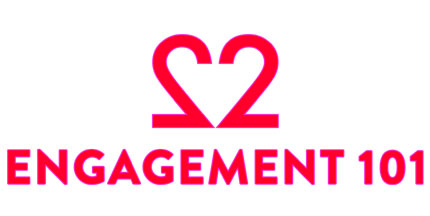





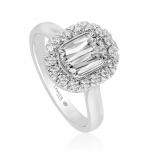
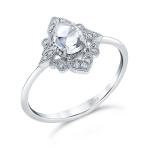
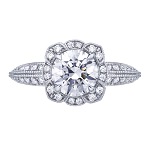
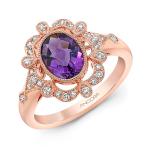
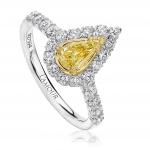
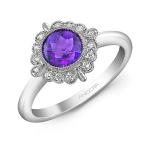
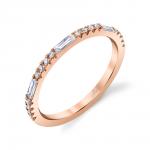

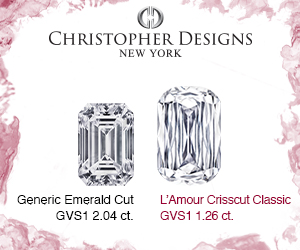
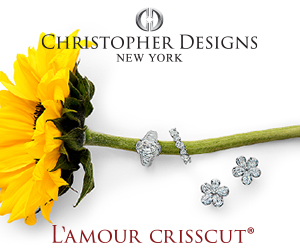

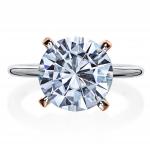
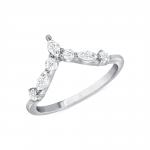
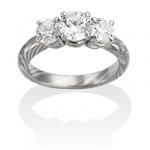
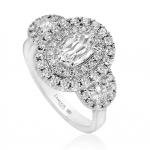
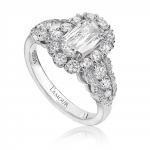
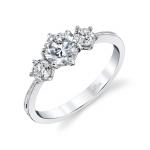
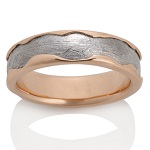
[…] Magazine. The Q&A focused on Andrew’s expertise in Mokume Gane and can be found on the Engagement101 Blog. Comments […]